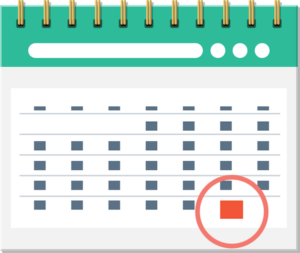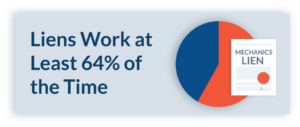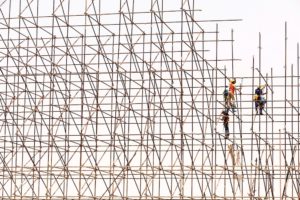
Mechanics liens are legal rights that help ensure construction industry participants can get paid the money they’ve earned on their projects and jobs. This article provides a step-by-step guide detailing how to file a South Carolina mechanics lien.
There are a lot of state and county-specific requirements that need to be met in order to successfully file your mechanics lien in the state of South Carolina. It’s easy to make a mistake that could end up invalidating your entire claim, and filing a lien by yourself can be a complicated and time-consuming task. If you’re ready and willing to go it alone, just follow the steps below.
Step 1. Getting your South Carolina lien claim started
The first step to getting your South Carolina mechanics lien filed is preparing the form itself. This section will help you get the mechanics lien form you need and filled out properly, so you can get your claim filed.
 A. Choosing the right form
A. Choosing the right form
Filing a valid mechanics lien claim starts with using the right form. South Carolina mechanics liens don’t require a specific statutory form. However, there is certain information that must be included in order to be valid. There are a ton of resources out there that provide free SC mechanics lien forms. But there’s no guarantee that they have all the information you need. We’re here to help.
Download free, South Carolina Mechanics Lien forms
Direct Contractors Subcontractors & Suppliers
Levelset’s forms were created and reviewed by construction attorneys and payment experts; thousands of South Carolina contractors and suppliers have successfully filed their mechanics liens using these forms.
B. Filling out your lien claim
Simply filling out a form might seem easy at first. But ensuring that all the required information is not only there, but accurate as well can be challenging. Any simple mistake could lead to your entire claim being declared invalid. Let’s take a look at what needs to be on your South Carolina mechanics lien claim form.
1. Lien claimant information
This one is fairly obvious; you need to identify yourself on the lien claim. But it’s important to identify yourself accurately. Use your full, legal name on the form. Also, if you’re filing on behalf of a company, be sure to use the full legal, registered business name. Liens can be challenged for all sorts of minor errors, don’t let your own information be one of them.
2. Amount of claim
The amount due is the reasonable value of any unpaid labor or materials provided to the project. This amount can include interest and any costs of the action; including reasonable attorney’s fees. Be careful with this section, if you claim more than what you’re owed, it may be considered a frivolous lien. This can result in fines up to $5,000, and you could also potentially lose your contractor license or registration in the process.
Note: If a Notice of Commencement was filed, and the claimant fails to give preliminary notice (called a Notice of Furnishing Labor in SC) then the claim will be limited to the amount owed by the GC to the party who hired the claimant.
3. Property description
SC mechanics liens require a description of the property that is sufficiently accurate for identification. This doesn’t mean it needs to be a full legal property description, but a simple street address likely won’t suffice. It’s always better to err on the side of caution and add as much detail as you can. For some guidance on how to find more property information, you can read: Researching the Legal Property Description or download our Legal Property Cheat Sheet.
4. Property owner information
If this isn’t readily available, getting this information may require a little bit of research to Find the Property Owner. To complicate things further, there may be multiple owners, a transfer of title during the project, or the work could have been commissioned by a tenant. In any event, again, the more information you provide, the better.
5. Contractor license or registration number
If you are required by South Carolina law to be licensed or registered to perform the work, then you must be in order to file a mechanics lien. To prove this, your registration or license number must be included in the lien claim form to be valid.
For more information on this, check out this recent question in our Ask an Expert Center: Does SC restrict lien rights based on a customer’s license status?
6. Verified Statement of Account
This section is where you fill out all of the relevant payment terms in your construction contract. This includes the original contract price, the payments that have been received up until that date, and the balance that is still outstanding.
7. Signature & notarization
Finally, it’s time to sign the lien claim. But don’t forget that in order to be filed, the claim must be notarized. Failure to do so will result in your claim being rejected.
Step 2. Service on the property owner
South Carolina lien law requires that the property owner receives notice that a mechanics lien has been filed. The general rule is that notice must be served within the same 90-day period in which the lien was filed, but there’s no specific mention of service being required before or after filing the lien. Why is this step here? Well, there are a few counties in SC that require proof of service of the lien upon the owner before accepting the lien for filing.
So how does one serve the property owner? South Carolina is one of the few states that require the owner to be personally served by the sheriff. If the owner can’t be found, the lien can be served on the person in possession of the property. If that’s the case, then an affidavit of the sheriff stating that the owners couldn’t be found must be filed as well.
Step 3. Filing your South Carolina mechanics lien
A. When to file
In South Carolina, a claim of lien must be filed within 90 days after the last day the claimant furnished labor or materials to the project. However, unlike other states which determine the lien deadline by last day of furnishing, if you get called back to do warranty work, or do a quick repair, the clock will restart after that date.
A South Carolina mechanics lien claim must be filed no later than 90 days from the last day that labor/materials were furnished. South Carolina, unlike most other states, does allow for an extension to this deadline for “call-back” or warranty work. This means that if a party returns to the job site to do work under warranty or just to fix something, the 90-day clock starts ticking from that new, later date.
Sometimes, calculating this date can be harder than you’d think, here’s an interesting scenario that popped up in our Expert Center: I had 6 houses in a project at once, are my file dates from the date of the last house in SC?
B. Where to file your SC mechanics lien
Mechanics liens in South Carolina must be filed in the register of deeds or clerk of court of the county where the project is physically located. Unlike a majority of other states, the counties in SC have relatively standard filing fees and no strict document formatting requirements. But things can always go wrong. Which is why it’s important to contact the office ahead of time to be sure you’ve met all the requirements. Here’s a helpful article to get you started: 4 Essential Questions for the County Recorder. To make this process a bit easier, we’ve put together a list of every South Carolina county clerk’s office, along with links to their websites here:
What Happens Next?
Hopefully, payment happens next! Most of the time, the simple act of filing a lien is enough to induce payment. However, it’s important to keep in mind that a South Carolina mechanics lien is only valid for 6 months. So just because you’ve already filed your lien, doesn’t mean the work is done.
Release the lien claim
If the underlying debt that the lien is based on is eventually paid, congratulations. Now’s the time to go ahead and file a lien release. Once you’ve been fully paid, SC lien laws state that the claimant shall file a statement to release the lien claim at the expense of the debtor party, i.e., the owner. This can be done by filing a release in the same county clerk’s office where the lien was filed.
Enforcement action
If a mechanics lien is filed and payment still isn’t coming, enforcing (foreclose) the lien may become necessary. In South Carolina, a mechanics lien will expire unless it is enforced within 6 months from the claimant’s last furnishing. Additionally, a notice of Lis Pendens must be filed in order to notify the owner of the pending lawsuit concerning his property.
[Note, that if the claimant files the lien before the last date of furnishing, then the 6-month deadline runs from the date the lien is filed rather than the last date of furnishing.]
Keep in mind that this is a full lawsuit, which can cost a lot of time and money. Consider how much the unpaid debt is, and like yourself, “Is Foreclosure Worth It? There’s one more option if you’re not ready for that. Adding a step in between filing a lien and enforcing that lien can often help to force payment.
There’s a reason the lien enforcement deadline is so far away from the lien filing deadline. Hopefully, during that 6-month window of time, the parties can resolve the dispute without the need for a lawsuit. One way to loosen the grip on your money is to file a Notice of Intent to Foreclose. Consider this one final warning that you know your rights, and are willing to file a lawsuit to enforce those rights if payment doesn’t come soon.
Additional South Carolina resources
- South Carolina Construction Payment Help Hub
- Read Blog Posts on South Carolina Construction Payment
- Ask a Payment or Legal Expert a South Carolina Question
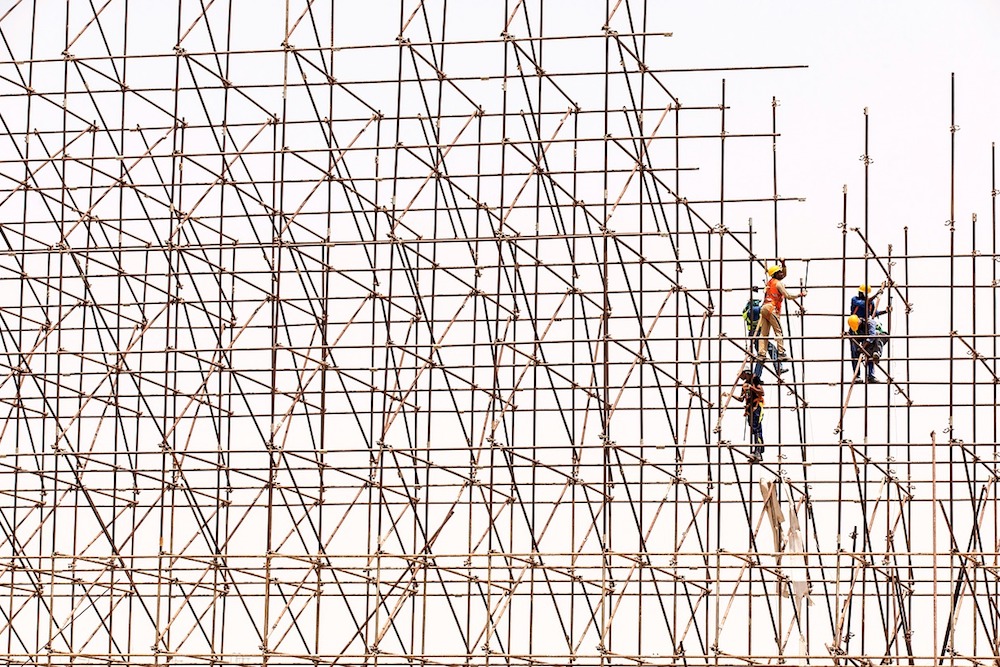

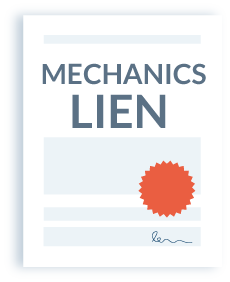 A. Choosing the right form
A. Choosing the right form

